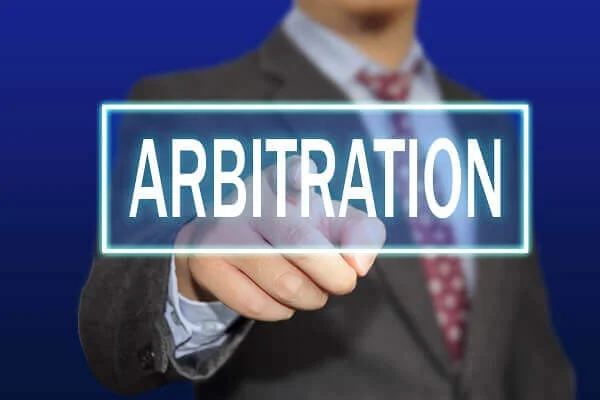Trusted California Attorneys
For many California couples, the prospect of ending a marriage through a final decision of divorce can be daunting and overwhelming. They may be reevaluating whether their marriage is in a good place, or ultimately the right thing to hold onto moving forward – but not yet ready to pull the plug entirely.
For these types of couples, legal separation can be a good alternative to divorce. It allows couples to go through the process of physical separation, and even consider dividing up assets and splitting child custody – but without finalizing these decisions too quickly.
One of the questions that often arises when considering separation is how a legal separation can be turned into a divorce, or whether separation precludes divorce entirely. The answer requires a look at California’s process for converting legal separation into divorce.
How an Initial Separation Works in Rancho Cucamonga
Before getting into how separation is converted into divorce, it is important to understand how the separation process works in California. When a couple wants to file for separation they file a petition with the courts, which is very similar to a divorce petition.
Where appropriate, when considering the petition, the court will help the couple with the division of assets such as a home, personal property, or even child support and child custody issues. Once all of the necessary details are finalized, a legal separation order can be entered.
The parties then act pursuant to that order until a point in time when they may want to change their status again. Obviously, this change would either come in the form of a complete divorce, or a continuation of their marriage.
Converting from Separation to Divorce
If at any point in the legal separation process one or both spouses decide that they would rather just get divorced, they can do so. Moving from separation to divorce does not require the agreement of both parties.
If a petition for separation has been filed but the other party has not yet answered that petition, then an amended petition can be filed. This amended petition can then be converted from a petition for separation to a petition for divorce.
If your legal separation is in process and both parties have filed with the court, then you will likely need to seek approval from the court to change the process from one for legal separation to one for divorce. Because of the significant overlap between the two processes, this is typically easy to do, but still requires judicial approval.
Unfortunately, if you have already received a final legal separation order, the process is not as simple. You cannot simply reopen the prior proceedings and have them changed to divorce proceedings, or convert the judgment. Instead you must file a new petition for divorce and go through the entire process again.
California Attorneys Helping You Weigh Your Options for Separation in Your Marriage
If you are considering separation or divorce, it is important to weigh the pros and cons of each procedure and evaluate how they are likely to work for you. It is relatively easy to convert a separation to a divorce while the process is ongoing. However, if you change your mind after the process is over, you’ll have to start all over again.
At CKB Vienna LLP, our attorneys can help you find the process that will work best for you, and assist you in preparing for petitions, hearings, and everything in between. For more information, contact us online or at (909) 980-1040.





















